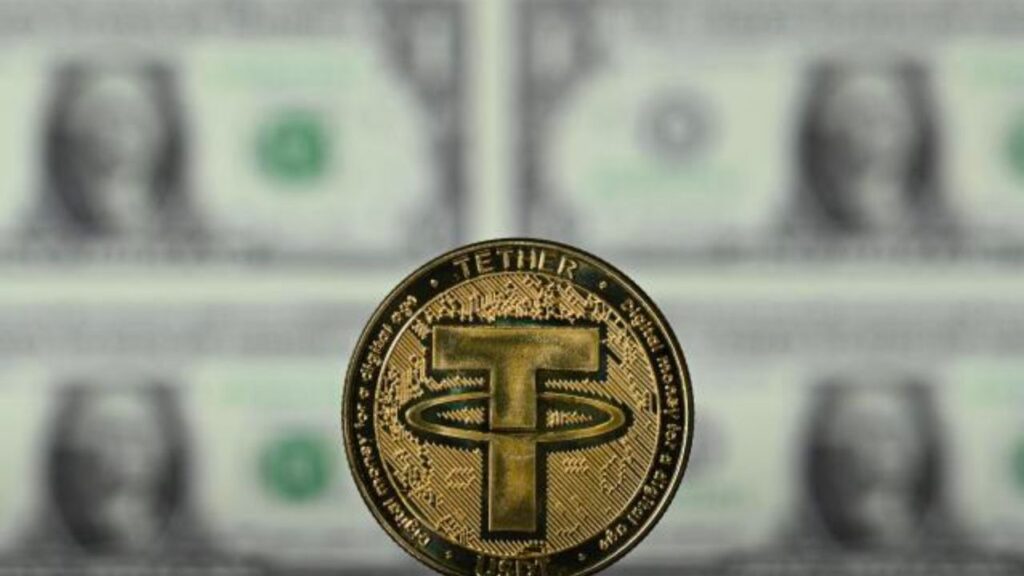Tether Operations Limited (Tether), the company behind the world’s largest stablecoin, USDT, has announced its plan to launch USDT tokens on the Kava blockchain. This move represents an expansion of Tether’s USDT offering, aiming to provide users within the Kava network with access to a trusted and widely adopted stablecoin.

Quick facts:
- Tether plans to launch its stablecoin on the Kava blockchain.
- The integration aims to enhance usability and options for Kava users and provide them with access to the widely adopted stablecoin.
- While Tether’s expansion is notable, concerns have been raised about the stability of USDT, including alleged holdings of Chinese securities and significant sell-offs by large holders.
As per the announcement on June 21, Tether is expanding its USDT offering to the Kava network, enabling users within the Kava ecosystem to transact and utilize USDT. USDT is a stablecoin pegged to the U.S. dollar and is known for its stability, liquidity, and widespread use in the crypto industry. This integration aims to enhance the usability and options available to Kava users.
The Kava blockchain is a layer-1 blockchain platform that was founded in 2018. It is designed to provide a scalable and efficient infrastructure for decentralized applications (DApps) and financial services within the blockchain ecosystem. Kava aims to enable developers to build applications that leverage blockchain technology to offer services such as lending, borrowing, and trading digital assets.
Paolo Ardoino, Tether’s Chief Technology Officer, expressed his enthusiasm for the partnership, stating his excitement about launching USDT on Kava. He emphasized that this move would provide the Kava community with access to the world’s first, most stable, trusted, and widely adopted stablecoin.
Ardoino also highlighted Kava’s impressive track record of four years without any security issues, underscoring the commitment to safeguarding USDT users.
Last month, the Kava blockchain underwent a mainnet upgrade that included enhancements to transaction speeds and the functionality of cross-chain bridges.
According to data from CoinMarketCap, the native token of the Kava blockchain, KAVA, experienced a significant increase, reaching a peak of $0.937, representing a surge of 4.8%. However, it later declined to $0.912.
Despite the retracement, KAVA remains over 12% higher than its value from the previous 24 hours. This price movement aligns with the broader recovery observed in the cryptocurrency market during that period.
This announcement reinforces Tether’s position as the leading and most widely adopted stablecoin, as it continues to pioneer the concept within the realm of digital tokens.
Tether’s stablecoin, USDT, is already actively used on multiple blockchain networks, including Ethereum, Tron, Binance Smart Chain, Solana, and Bitcoin through the Omni protocol.
Tether (USDT) Stability Concerns
However, being the largest stablecoin in the world doesn’t come without challenges. According to a recent Bloomberg report, Tether Holdings Ltd. allegedly held securities issued by Chinese companies in its reserve holdings.
Furthermore, there have been notable sell-offs of USDT by large holders, known as whales, resulting in an increase in USDT dominance within the Curve 3pool liquidity pool.
These developments have raised concerns about the stability of the stablecoin and sparked apprehension regarding the potential de-pegging of USDT.
In a Twitter post, Miles Deutscher expressed growing concerns about USDT stablecoin, specifically highlighting the actions of whales in the market. Deutscher noted that whales have been selling off significant amounts of USDT, leading to a notable shift in the composition of the Curve 3pool.
As a result, USDT now accounts for more than 73.17% of the liquidity pool, with other stablecoins making up around 13% each. This represents the highest dominance of USDT within the pool since the November 2022 FTX collapse.